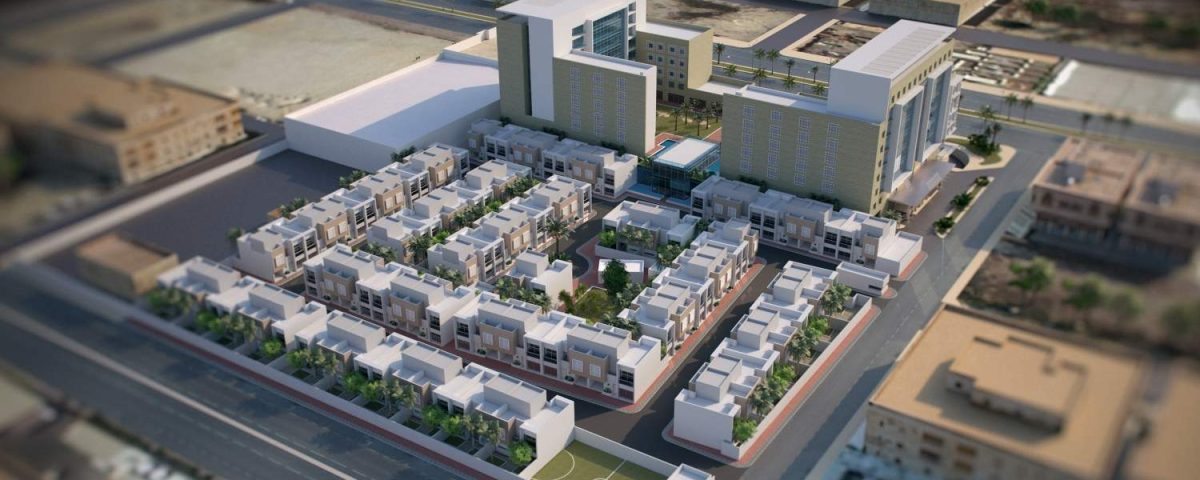
Transforming Horizons: The Role of Online Platforms and Digital Marketing in the Pakistani Real Estate Industry
October 8, 2023
Real Estate as an Economic Driver: Urban Revitalization and Job Creation
December 22, 2023
Introduction:
As an advocate for transformative urban development, I firmly believe that urban planning for smart cities is a remarkable opportunity to shape the future of our communities. By harnessing the power of technology, data, and innovative design, we can create intelligent, interconnected urban environments that improve the quality of life for residents while addressing pressing challenges. In this blog, I will share my opinions and thoughts on the challenges and opportunities that come with urban planning for smart cities.
Fostering Connectivity and Efficiency:
Smart cities thrive on connectivity, enabling seamless communication and efficient resource management. By integrating advanced technologies, such as the Internet of Things (IoT) and smart grids, we can optimize transportation systems, enhance energy efficiency, and streamline city operations. This connectivity empowers residents to navigate their daily lives with ease and reduces the environmental impact of urbanization.
Balancing Innovation with Sustainability:
While embracing technological advancements, it is crucial to strike a balance between innovation and sustainability. Smart cities should prioritize environmentally conscious design, incorporating renewable energy solutions, green spaces, and sustainable water management systems. By doing so, we create urban environments that preserve natural resources, reduce carbon emissions, and promote a healthy and sustainable way of life.
Putting Citizens at the Center:
Citizen engagement lies at the heart of urban planning for smart cities. By involving residents in the decision-making process and seeking their feedback, we ensure that the city’s infrastructure and services align with their needs and aspirations. Empowering citizens to actively participate in shaping their urban environment fosters a sense of community ownership and drives social cohesion.
Leveraging Data for Informed Decision-making:
In a data-driven era, the availability and analysis of real-time information are invaluable in urban planning. By harnessing data, we gain insights into patterns and trends that inform our decision-making processes. From optimizing traffic flows to predicting demand for public services, data-driven approaches enable us to make informed, proactive choices that enhance city functionality and efficiency.
Cultivating Resilience for the Future:
Smart cities must be resilient in the face of emerging challenges, such as climate change and technological disruptions. Through careful planning, we can design cities that adapt to changing circumstances, safeguarding the well-being of residents. Resilient urban infrastructure, coupled with disaster preparedness measures, ensures that our cities can withstand and recover from shocks while maintaining essential services.
Conclusion:
Urban planning for smart cities represents an incredible opportunity to shape our urban landscapes for the better. By fostering connectivity, innovation, sustainability, citizen engagement, and resilience, we can create cities that not only embrace technological advancements but also prioritize the well-being and satisfaction of their residents. As we embark on this transformative journey, let us envision and execute urban development strategies that pave the way for vibrant, inclusive, and future-ready smart cities.


